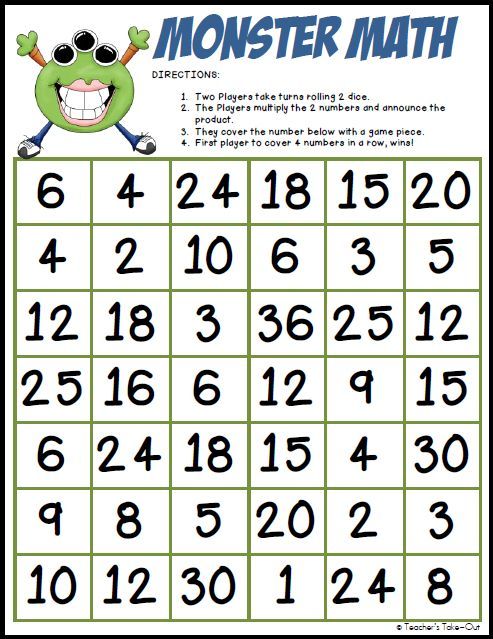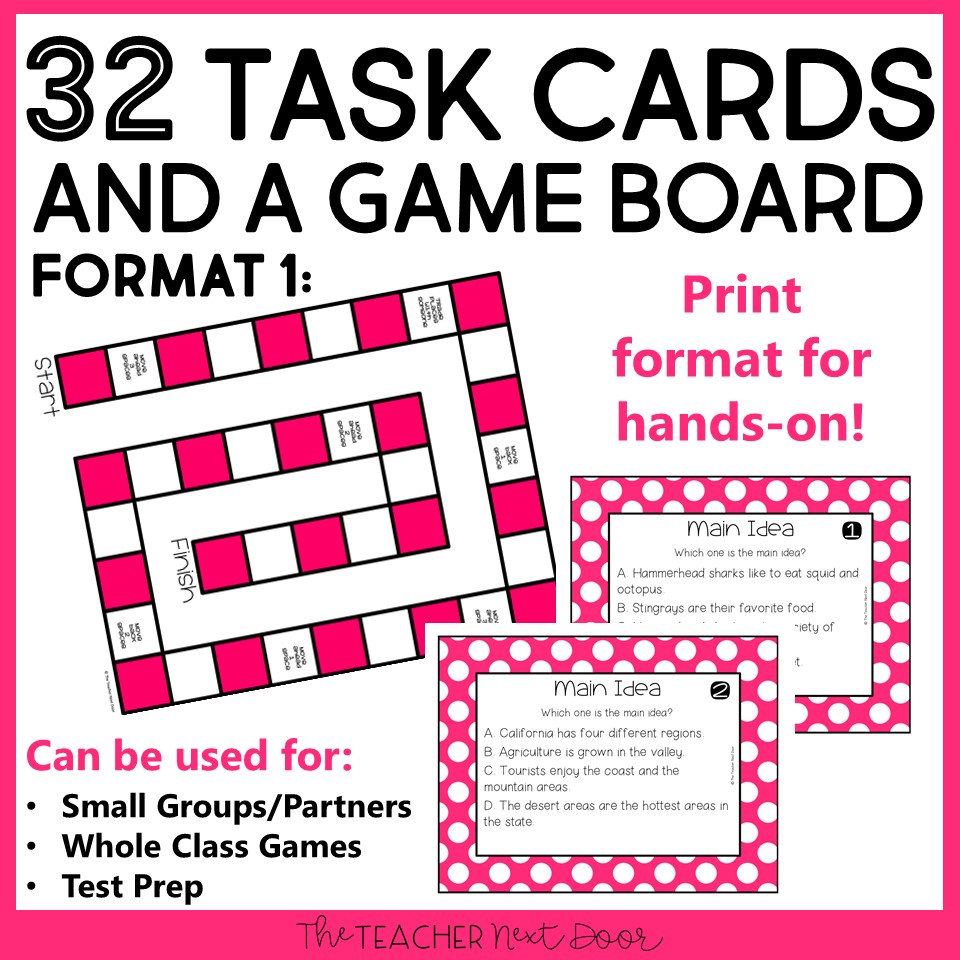
Coursera not only offers free courses but also offers certificates and programs from accredited institutions. It offers courses in many languages and also offers Professional Certificates and specializations for those who subscribe. The most popular courses on the site are related to software development, design, art, and entrepreneurship. To get started, simply click on a course title and follow the instructions. Then, you can move on to specializations and certifications in other areas of study.
Coursera provides free certifications and programs from accredited institutions
Coursera has launched a new online education service that offers more than 3,800 courses and 400 specializations. There are also professional certificate programs and guided projects that can be used to help you learn skills relevant to your job. These courses are peer-rated, and some offer expert guidance. Most courses are less than two hours long. They are backed by major global tech companies and universities. Coursera gives anyone who wants to improve their skills a free account.

You may be thinking that these online courses can be a scam, but the truth is that you can actually complete courses and obtain a certificate for free. They are offered by 50 universities. They offer free online courses in a range of subjects, including accounting, psychology, law, and more. Some courses are professionally-oriented, while others are more general and are meant for casual learners. Coursera offers certificates for some courses, but not all. You can also get a certificate for completing an online course for free, although this does not apply to professional courses.
It offers courses in a variety of languages
Coursera is an online school offering courses for free. This is in contrast to traditional colleges and universities. The courses are short and include video lectures. Each week, students must complete assignments. Signature Track is an option for students looking for a formal certificate. This option was launched in January 2013, and has been standardised across the platform since 2015. The Signature Track allows students to receive a certified certificate at completion of their course that includes their name and the course they took.
Students can choose to learn in many languages. They can also choose from an array of highly-rated MOOCs. Coursera works with universities around the globe, making courses in many languages available. Coursera provides free courses in a number of languages as of the time this article was written. Coursera also offers courses through the Abu Dhabi School of Government. It partners with Coursera in order to provide professional education for teachers.
Subscribe to it and get specializations or Professional Certificates
Coursera offers a range of Professional Certificates and Specializations to help you get a job or boost your resume. These are a great way to improve your skills and land lucrative job offers. You can choose from Google IT Support, Arizona State University's TESOL and Cloud Architecture using Google Cloud. You can also learn skills that are relevant to your job through 100+ project-based learning. These projects include Introduction to Project Management and Spreadsheets for Beginners Using Google Sheets.

A subscription plan is the cheapest way to enroll in courses on the popular online education platform. Subscriptions start at $399/year or $50/month. By taking individual courses, you can save a lot of cash and put these Certificates on your resume. Coursera Plus is a great option for those looking to enhance their professional skills and advance in their careers.
FAQ
What is the difference between school and college?
Schools are often divided into classes or grades, with one teacher teaching a class of students. Colleges, which are often larger and offer more specialized classes, may also include university-level programs. While schools tend to focus on the basics, colleges can offer courses in a wide range of subjects, including science, language, business, and arts. The curriculum at both levels is intended to prepare students to study at higher levels.
Who can homeschool?
Anyone can homeschool. There are no specific qualifications required.
It is possible for parents to teach their children after they have finished high school. Many families decide to teach their grandchildren while they are still in high school.
Parents who have received less formal education can still teach their children.
Parents can become certified teachers after completing certain requirements. These requirements vary by state.
Some states require that all homeschooled students pass a test before they graduate. Others do not.
Parents who want to homeschool their children must register them with the local school district.
This involves filling in paperwork and submitting it the school board.
After registering, parents may enroll their children into public or private schools.
Some states permit parents to homeschool their children without having them registered with the government.
If you are a resident of one of these countries, you will have to ensure your children adhere to the state's compulsory attendance requirements.
What is a vocational school?
Vocational school programs are designed to prepare individuals for specific jobs. They might also provide training in job-related skills and general education.
Because it helps young people to develop the skills that they need for success in life, vocational education is an integral part of society. It ensures that all students have access to high-quality learning opportunities.
A vocational school provides a variety options for its students. They can choose from certificates, diplomas or degrees as well as apprenticeships, certificates, diplomas or degrees. Vocational schools offer both academic and practical courses in math, science and English.
What are the various types of early childhood education available?
There are many ways to explain early childhood education. Some of the most popular ones are:
-
Preschool - Children ages 2 to 5
-
PreKindergarten – Children aged 4-6
-
Head Start/Hestart - Children aged 0-3
-
Day Care/ Daycares: Children 0-5
-
Child Care Centers - Children ages 0 to 18
-
Family Child Care – Children aged 0-12
-
Homeschooling for children ages KG-16
How do you get scholarships?
Scholarships are grants that can be used to pay college costs. There are many kinds of scholarships. These are:
-
Federal Grants
-
State Grants
-
Student Loans
-
Work Study Programs
-
Financial Aid
Federal grants come directly to the U.S. Federal grants generally require that applicants meet certain criteria. To demonstrate financial need, applicants must meet certain requirements.
Individual states offer state grants. These grants are not always based on financial need. Some states may offer them for specific reasons.
Banks and other lending institutions can issue student loans. Students are often able to borrow money for expenses such as tuition or living expenses.
Employers can use work-study programmes to attract qualified students. Employers are required to pay employees at least minimum wage.
Financial aid can help families with low incomes afford college by covering all or part of tuition costs.
Statistics
- Data from the Department of Education reveal that, among 2008 college graduates, 92.8 percent of humanities majors have voted at least once since finishing school. (bostonreview.net)
- They are more likely to graduate high school (25%) and finish college (116%). (habitatbroward.org)
- They are also 25% more likely to graduate from high school and have higher math and reading scores, with fewer behavioral problems,” according to research at the University of Tennessee. (habitatbroward.org)
- Globally, in 2008, around 89% of children aged six to twelve were enrolled in primary education, and this proportion was rising. (en.wikipedia.org)
- And, within ten years of graduation, 44.1 percent of 1993 humanities graduates had written to public officials, compared to 30.1 percent of STEM majors. (bostonreview.net)
External Links
How To
What is vocational training?
Vocational education is an educational program that prepares students to work after high school and college. It teaches them specific skills for specific jobs (such as welding). It also includes on-the-job training in apprenticeship programs. Vocational education stands out from general education. This is because it focuses less on general knowledge and more on developing skills for specific occupations. Vocational education's goal is to help students find employment after they graduate.
Vocational education may be provided at all levels of schooling, including primary schools, secondary schools, colleges, universities, technical institutes, trade schools, community colleges, junior colleges, and four-year institutions. There are also many specialty schools like nursing schools and law schools, legal schools, medical schools and dental schools as well as veterinary medicine, veterinary medicine, firefighting, police academies and military academies. These schools offer both practical and academic training.
Over the past decade, a number of countries have made substantial investments in vocational education. These include Australia, Denmark and Finland, Germany. It is still controversial whether vocational education is effective. Some critics believe it doesn't help students get hired, while others claim that it helps prepare them for life after high school.
According to the U.S. Bureau of Labor Statistics (47% of American adults are currently holding a postsecondary certificate/degree related to their current job), this figure is higher among those with more education. This figure is higher among those with more education: 71% of workers aged 25-29 with a bachelor's degree or higher are currently employed in fields requiring postsecondary credentials.
The BLS reported that almost half the adult population of the country had at least one form of postsecondary credential as of 2012. About one-third of Americans held a two-year associate degree, while about 10 percent held a four-year bachelor's degree. One in five Americans has a master's or doctorate.
In 2013, the median annual wage for persons holding a bachelor's degree was $50,900, compared to $23,800 for those without a degree. The median salary for people with advanced degrees was $81,300.
The median income for those who have not completed high school was just $15,200. For those who did not complete high school, the median annual salary was only $15,200.